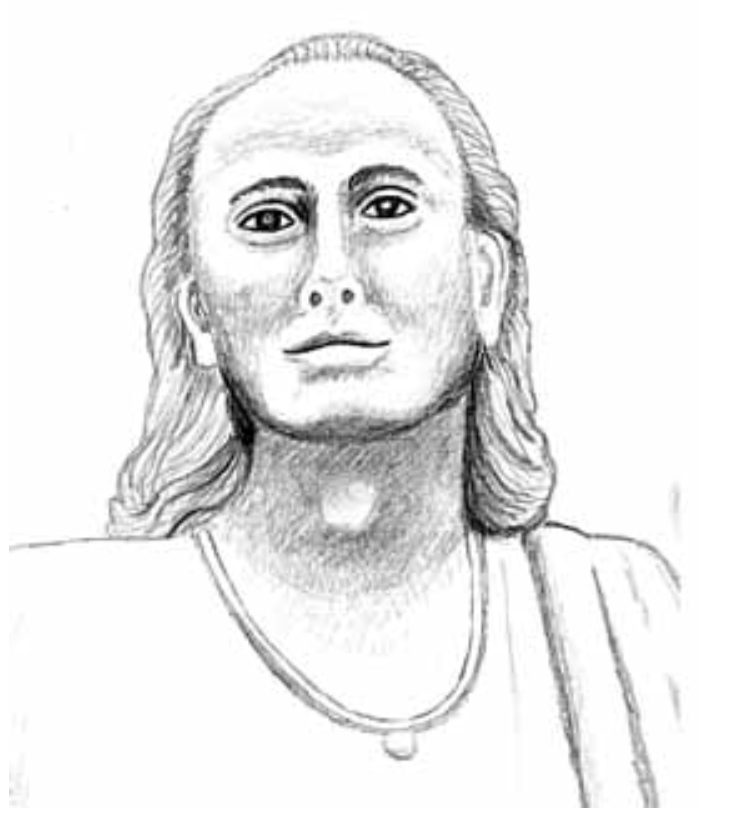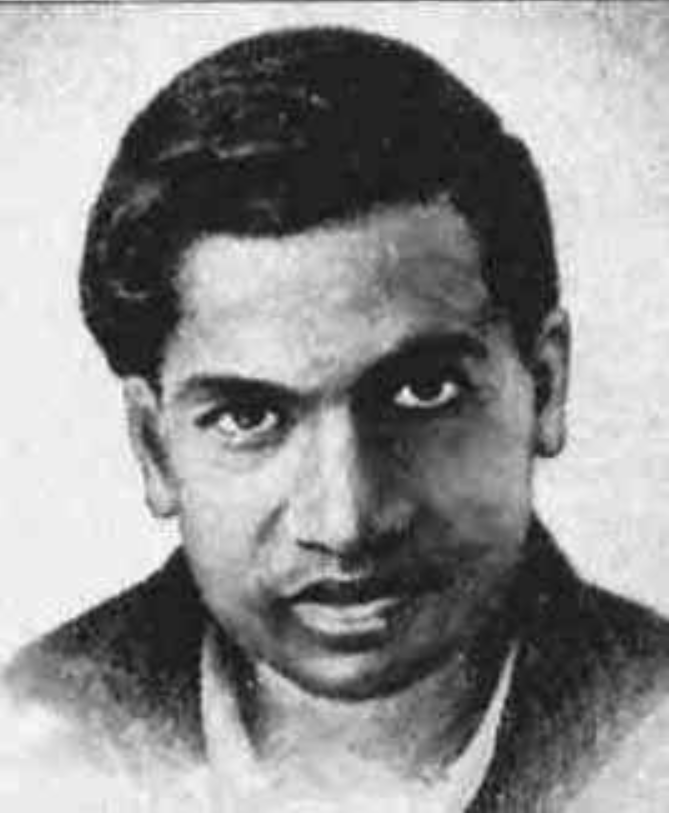This is a guest post by David Benjamin.
In this article we will explore continued fractions, which are of the form \( a_{0}+\frac{1}{a_{1}+\frac{1}{a_{2}+\frac{1}{a_{3}+\dots}}} \) and are often written as \( [a_{0}; a_{1}, a_{2}, a_{3},… ]\). The numerators on each level of a continued fraction are usually all equal to \(1\).
Continued fractions can be used to create decimal approximations of irrational numbers and for solving certain types of differential and Schrodinger equations.

The earliest known reference to continued fractions is by the Indian mathematician and astronomer Aryabhata the Elder [476 – 550] in his work Aryabhatiya. Aryabhata used continued fractions to help him solve the equations which arose when he was determining the period of planets. His method was essentially the same as Euclid’s algorithm for finding the highest common factor (or greatest common divisor) of a pair of natural numbers. Aryabhata made contributions to trigonometry which included producing a table of sines and he created an accurate approximation to \(\pi\).
Add four to one hundred, multiply by eight and then add sixty-two thousand. the result is approximately the circumference of a circle of diameter twenty thousand. By this rule the relation of the circumference to diameter is given.
\( \pi \approx \frac{104\times8 +62000}{20000}=3.1416\)
A continued fraction can be finite or infinite and rational and irrational numbers can be represented as continued fractions
Example: \( [1; 1, 2] \equiv 1+\frac{1}{1+\frac{1}{2}}=1+\frac{1}{\frac{3}{2}}=1+\frac{2}{3}\), the continued fraction for the rational number \( \frac{5}{3}\).
Example: \( [2; 2, 2, 7] \equiv 2+\frac{1}{2+\frac{1}{2+\frac{1}{7}}}\), is the continued fraction for the rational number \( \frac{89}{37}\).
Calculating this continued fraction upwards…
\( 2+\frac{1}{2+\frac{1}{2+\frac{1}{7}}} = 2+\frac{1}{2+\frac{1}{\frac{15}{7}}}=2+\frac{1}{2+\frac{7}{15}}=2+\frac{1}{\frac{37}{15}}=2+\frac{15}{37}=\frac{89}{37}\).
\(\frac{89}{37}\) as a continued fraction is \([2; 2, 2, 7]=2+\frac{1}{2+\frac{1}{2+\frac{1}{7}}}\).
Creating a continued fraction
The method to find the continued fraction of a rational number also follows Euclid’s algorithm for finding the highest common factor of a pair of natural numbers. A detailed explanation can be found here in sections 1.1 and 1.2 on Dr Ron Knott’s excellent website. Here’s an example:
\( \frac{15}{11}=1+\frac{4}{11}=1+\frac{1}{\frac{11}{4}}=1+\frac{1}{2+\frac{3}{4}}=1+\frac{1}{2+\frac{1}{\frac{4}{3}}}=1+\frac{1}{2+\frac{1}{1+\frac{1}{3}}}\).
\( \frac{15}{11}= [1; 2, 1, 3]\).
Continued fractions for irrational numbers
\(\sqrt{10}\) is between \( 3\) and \(4\). Let \(\sqrt{10}=3+x\). Then:
\[ \begin{aligned}
10&=(3+x)^{2} \\
10&=9+6x+x^{2} \\
1&=6x+x^{2} \\
&=x(6+x) \\
x&=\frac{1}{6+x} \\
&=\frac{1}{6+\frac{1}{6+x}}\\
&=\frac{1}{6+\frac{1}{6+\frac{1}{6+x…}}}\\
\sqrt{10}&=3+\frac{1}{6+\frac{1}{6+\frac{1}{6+x…}}}\\
\sqrt{10}&= [3; 6, 6, 6, 6….] \end{aligned} \]
The continued fractions of some famous numbers
\(\phi\), an irrational number, is \([1; 1, 1, 1, 1…] = 1+\frac{1}{1+\frac{1}{1+\frac{1}{1+…}}}\).
Better and better decimal approximations for \(\phi\) can be calculated by using increasing levels of its continued fraction.
\(\pi\) begins \([3 ; 7,15,1,292,1,1,1,2,1,3,1,14…]\) with more terms here
\(\sqrt{2}\), sometimes called Pythagoras’ constant, is \([1; 2, 2, 2, 2…]\).
Euler’s number \(e = [2 ; 1,2,1,1,4,1,1,6,1,1,8,1…]\) with more terms to be found here
The imaginary number, \(i\), represents \(\sqrt{-1}\) and it is fascinating that \(i^{i}\) is a real number. Not only is \(i^{i}\equiv e^{\frac{-\pi}{2}}\) irrational but like \(e\) and \(\pi\) it is also a transcendental number. Its continued fraction is \([0; 4, 1, 4, 3, 1, 1, 1, 1, 1, 1, 1, 1, 7,….] \approx 0.20787957635076…\).
Srinivasa Ramanujan
I’ll finish with an extraordinary calculation by my favourite mathematician, Ramanujan, showing a continued fraction linking the four irrational numbers \(\pi \), \( e\), \( \phi\) and \(\sqrt{5}=[2 ; 4,4,4,4…]\).
\(\frac{1}{1+\frac{e^{-2\pi}}{1+\frac{e^{-4\pi}}{1+e^{-6\pi}…}}}=(\sqrt\frac{5+\sqrt{5}}{2}-\phi)e^{\frac{2\pi}{5}}\).
It is incomprehensible for me how someone could create such a calculation, but it’s reassuring that G. H. Hardy agreed:
Hardy was shocked at what he saw. Ramanujan had identified and then solved a number of continued fractions. They “defeated me completely; I had never seen anything in the least like them before,” Hardy later wrote. “They must be true because, if they were not true, no one would have had the imagination to invent them.”
– an extract from this article in Quanta Magazine.

Another excellent article linking history with mathematics. To be ‘continued’ I hope !
Great article Dad! X
Lovely mathematics. Beautifully written.
I recommend Khinchin’s book “Continued Fractions” (available through Dover). Short, very readable, and ends with a proof of the most astonishing theorem I have seen in all of mathematics.
Thank you, John
Fascinating and remarkable.
This can be read quickly but there is plenty to ponder upon herein.